6. To Kill a Mockingbird (1962)
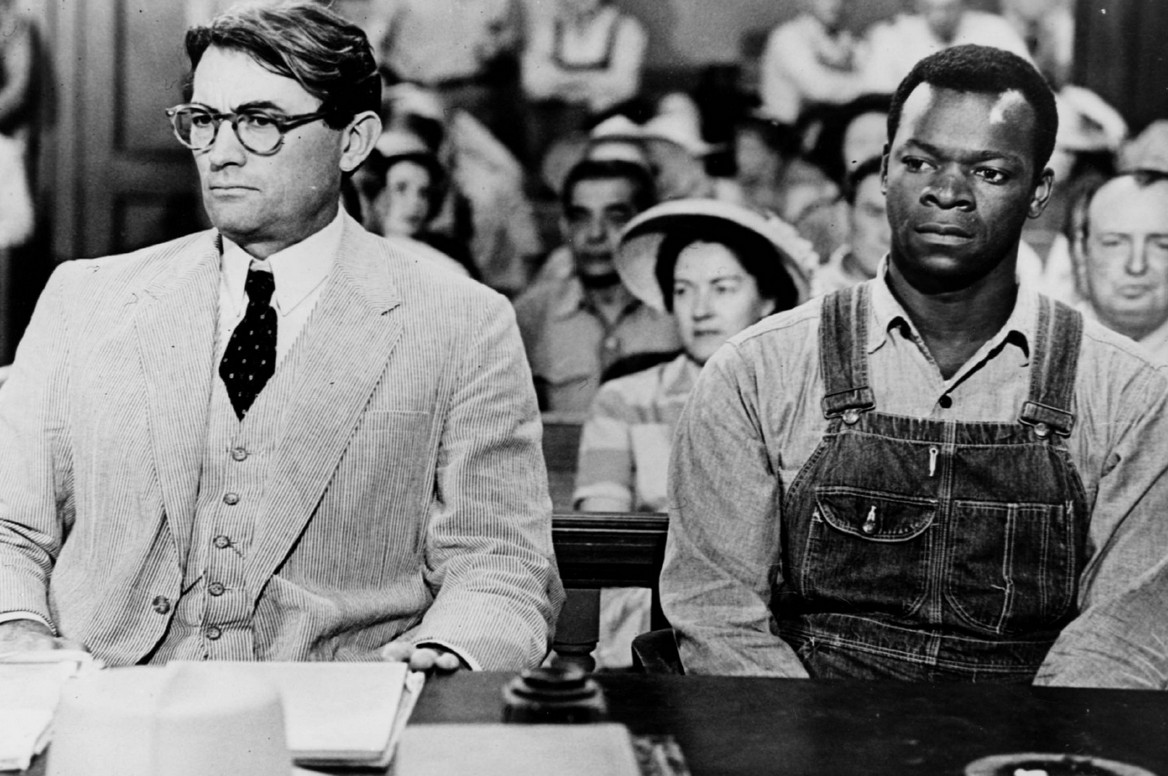
In 2001 Roger decided to write a review of To Kill a Mockingbird, and he gave it 2 ½ stars.
He wrote: “To Kill a Mockingbird is a time capsule, preserving hopes and sentiments from a kinder, gentler, more naive America.” He went on to write: “It is a beautifully-written book, but it should be used not as a record of how things are, or were, but of how we once liked to think of them.”
One of Roger’s big problems with the movie is the courtroom scene where Tom Robinson gets found guilty, even though we all know he was innocent. Roger wrote:” The problem here, for me, is that the conviction of Tom Robinson is not the point of the scene, which looks right past him to focus on the nobility of Atticus Finch.”
Roger also had problems with a scene that takes place after Tom Robinson has been killed “escaping.” Bob Ewell spit in Atticus face, and the black people in the scene just remain in the background. Roger wrote: “The black people in this scene are not treated as characters, but as props, and kept entirely in long shot. The close-ups are reserved for the white hero and villain.”
Roger closes by writing: “”To Kill a Mockingbird” is, as I said, a time capsule. It expresses the liberal pieties of a more innocent time, the early 1960s, and it goes very easy on the realities of small-town Alabama in the 1930s. One of the most dramatic scenes shows a lynch mob facing Atticus, who is all by himself on the jailhouse steps the night before Tom Robinson’s trial. The mob is armed and prepared to break in and hang Robinson, but Scout bursts onto the scene, recognizes a poor farmer who has been befriended by her father, and shames him (and all the other men) into leaving. Her speech is a calculated strategic exercise, masked as the innocent words of a child; one shot of her eyes shows she realizes exactly what she’s doing. Could a child turn away a lynch mob at that time, in that place? Isn’t it nice to think so?”
I totally disagree with Roger about the movie going “very easy on the realities of small-town Alabama in the 1930’s.” I think it presented a very realistic version of things that were going on in the South at that time. Almost all the white men in town turned out to lynch Tom. The white jurors voted Tom guilty even though they knew he was not. How is that going easy on the town? I think the movie showed very well the dystopian, totalitarian state that black people in 1932 Alabama had to live in.
I understand that the movie portrayed a white savior who became the focus of the film. Glory (1989), Mississippi Burning (1988), Free State of Jones (2016), and Amistad (1997) are other movies that glorify a white hero coming to the rescue of downtrodden blacks. But I think the things Atticus Finch did in 1932 Alabama were heroic. He risked his reputation and his family’s place in the community by standing up for what he thought was right. I think the way he acted is the way a hero should act and he is a role model for all of us.
I think Roger missed the point of this important movie. It was made in 1962 when George Wallace was elected governor of Alabama. In his 1963 inaugural address, he promised his white followers: “Segregation now! Segregation tomorrow! Segregation forever!” I think this movie was very timely and showed people up North that things hadn’t changed much for black people in the South since the period depicted in the film. An influential and important movie that was made at the right time.
The American Film Institute named Atticus Finch the greatest movie hero of the 20th century. The film is ranked twenty-fifth on the AFI’s list of the greatest American movies of all time and the British Film Institute included it in their list of the 50 films you should see by the age of 14.
To Kill a Mockingbird has a 92% score with critics on Rotten Tomatoes and an 8.3 score on IMDB.
7. A Clockwork Orange (1971)
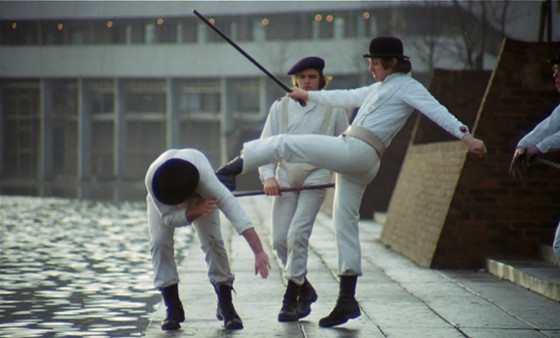
In his two-star review Roger wrote “Stanley Kubrick’s A Clockwork Orange is an ideological mess, a paranoid right-wing fantasy masquerading as an Orwellian warning. It pretends to oppose the police state and forced mind control, but all it really does is celebrate the nastiness of its hero, Alex.”
He went on to write “What in hell is Kubrick up to here? Does he really want us to identify with the antisocial tilt of Alex’s psychopathic little life? In a world where society is criminal, of course, a good man must live outside the law. But that isn’t what Kubrick is saying, He actually seems to be implying something simpler and more frightening: that in a world where society is criminal, the citizen might as well be a criminal, too.”
Roger finishes by saying “In addition to the things I’ve mentioned above — things I really got mad about — A Clockwork Orange commits another, perhaps even more unforgivable, artistic sin. It is just plain talky and boring. You know there’s something wrong with a movie when the last third feels like the last half.”
I don’t really get how Roger feels that the movie portrays Alex as a hero or is asking us to identify with him. Alex is one of the most unsympathetic characters I have ever seen portrayed on the screen. I just don’t get how Roger felt that Kubrick in any way felt that we could identify with such a despicable character.
A Clockwork Orange is a disturbing movie, but it is also really well done and is not in any way “talky and boring.” To say that the movie glorifies violence is too miss the point. The violence is portrayed in an over the top horrific manner so as to frighten us at the possibility that such a world could ever coming about.
A Clockwork Orange has an 89% score with critics on Rotten Tomatoes and an 8.3 score on IMDB.
8. Congo (1995)
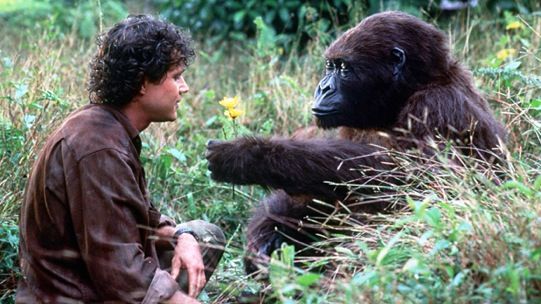
Roger opened his review by saying “Congo is a splendid example of a genre no longer much in fashion, the jungle adventure story. Perhaps aware that its material was already dated when Stewart Granger made King Solomon’s Mines in 1950, the filmmakers have cheerfully turned it into an action comedy, and the actors have gone a step further, treating it like one of those movies like Beat the Devil that is a put-on of itself. The result is not a movie that is very good, exactly, but it’s entertaining and funny. False sophisticates will scorn it. Real sophisticates will relish it.”
He goes on to say “I realize only a very particular kind of filmgoer is likely to relate to this movie: one raised on Saturday matinees, with a good sense of the absurd and an appreciation for movie clichés.” There might not be too many moviegoers left who fit that description.
I think that Roger was seeing something in the movie that maybe wasn’t there? He seems to feel that it is so bad, that it has to be a comedy. Maybe, but IMDb lists the movie as an Action, Adventure and Mystery.
But if it had worked as a comedy, I would have liked it. But for me the movie didn’t work on any level or as any genre. It wasn’t funny and it wasn’t suspenseful. We waited a long time to find out what the mystery was, and that wasn’t too interesting either.
Congo has a 22% score with critics on Rotten Tomatoes and a 5.1 score on IMDB.
9. Once Upon a Time in the West (1969)
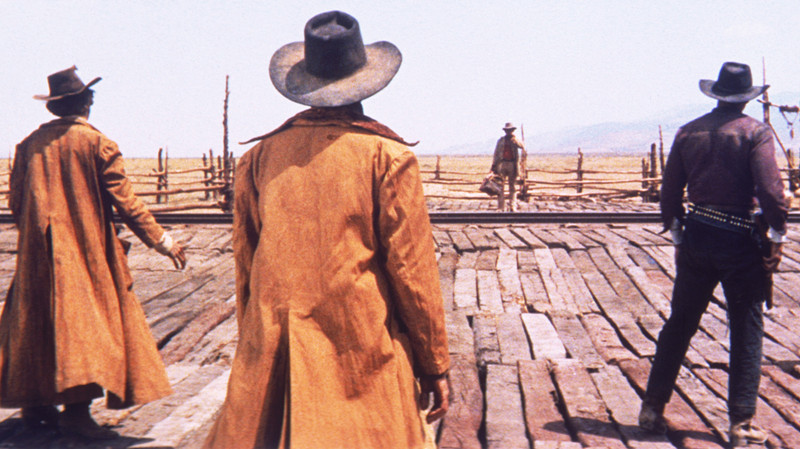
Roger thought this was a pretty good movie giving it 2 ½ stars, but he was far from considering it a great movie.
In his review Roger wrote “Sergio Leone’s Once Upon a Time in the West is a painstaking distillation of the style he made famous in the original three Clint Eastwood Westerns. There’s the same eerie music; the same sweaty, ugly faces; the same rhythm of waiting and violence; the same attention to small details of Western life.”
There is also, unfortunately, Leone’s inability to call it quits. The movie stretches on for nearly three hours, with intermission, and provides two false alarms before it finally ends. In between, we’re given a plot complex enough for Antonioni, involving killers, land rights, railroads, long-delayed revenge, mistaken identity, love triangles, double-crosses and shoot-outs. We’re well into the second hour of the movie before the plot becomes quite clear.”
He went on to write “These difficulties notwithstanding, Once Upon a Time in the West is good fun, especially if you like Leone’s way of savoring the last morsel of every scene.”
Sometimes movies do last too long. I’ve been at plenty where I’ve checked my watch to see how much longer a movie had to go, but that never happens with great movies. Sergio Leone does linger over every scene in this film, but the movie never drags. It is beautifully filmed and it has great style. The surprising thing about this spaghetti western, typically where style is more important than plot, is that there is a real good story that unfolds as the movie goes along. A great beginning and a great ending contribute to making this a great movie.
On Rotten Tomatoes, there are fifty seven Fresh reviews for this film and only one Rotten: Roger’s.
Once Upon a Time in the West has a 98% score with critics on Rotten Tomatoes and an 8.5 score on IMDB.
10. Blade Runner (1982)
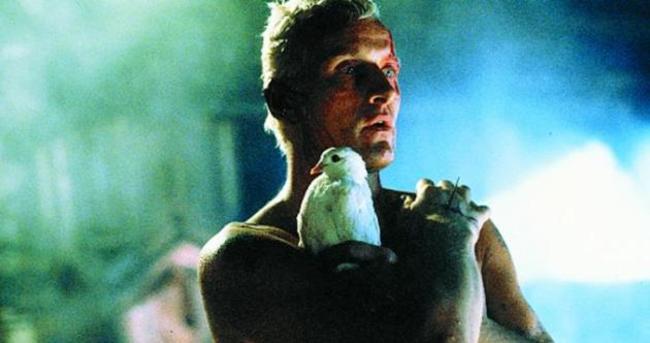
I wasn’t going to include this movie for this article because Roger eventually did come around and add it to his Great Movie list, but the story of his conversion(?) is pretty interesting.
In his original three-star review Roger wrote “He seems more concerned with creating his film worlds than populating them with plausible characters, and that’s the trouble this time. Blade Runner is a stunningly interesting visual achievement, but a failure as a story.”
He went on to write “The movie’s weakness, however, is that it allows the special effects technology to overwhelm its story. Ford is tough and low-key in the central role, and Rutger Hauer and Sean Young are effective as two of the replicants, but the movie isn’t really interested in these people — or creatures.”
He finished with “The obligatory love affair is pro forma, the villains are standard issue, and the climax is yet one more of those cliffhangers, with Ford dangling over an abyss by his fingertips. The movie has the same trouble as the replicants: Instead of flesh and blood, its dreams are of mechanical men.”
In 1992, Roger revisited the movie when Ridley Scott released the Director’s Cut. He again gave it three stars. He wrote “I watched the original Blade Runner on video a few years ago, and now, watching the director’s cut, I am left with the same over-all opinion of the movie: It looks fabulous, it uses special effects to create a new world of its own, but it is thin in its human story.”
He finishes with “And yet the world of Blade Runner has undeniably become one of the visual touchstones of modern movies. The movie’s Los Angeles, with its permanent dark cloud of smog, its billboards hundreds of feet high, its street poverty living side by side with incredible wealth, may or may not come true – but there aren’t many 10-year-old movies that look more prophetic now than they did at the time.”
And then in 2007, Roger added Blade Runner : The Final Cut (2007) to his Great Movie list. He wrote “I have never quite embraced Blade Runner, admiring it at arm’s length, but now it is time to cave in and admit it to the canon.”
He adds “The ending has been tweaked from bleak to romantic to existential to an assortment of the above, and shots have come and gone, but for me the most important change in the 2007 version is in the print itself.”
Roger still doesn’t seem too enthusiastic about the plot, but he does admire the style and look of the film enough to add it to his Great Movies list. I still think Roger missed the boat on what I think is among the top two fiction movies ever made, and not just because of its style.
Blade Runner has a 90% score with critics on Rotten Tomatoes and an 8.2 score on IMDB.